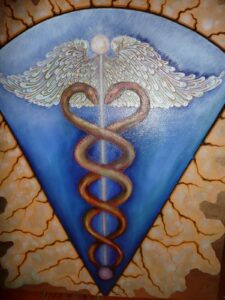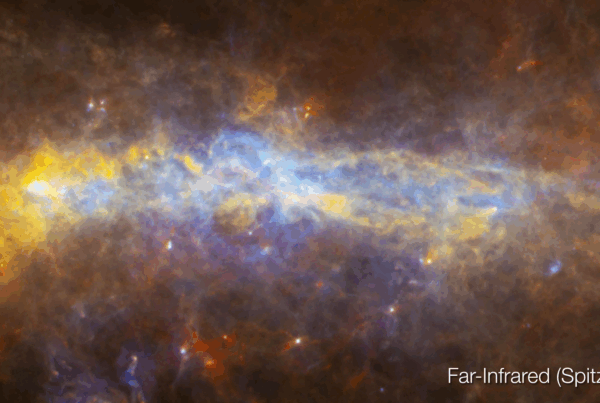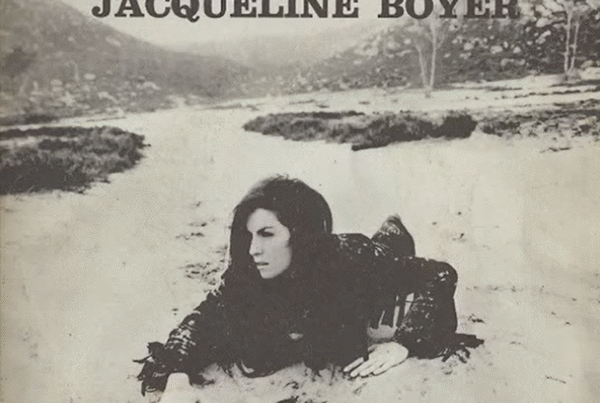
KUNDALINI RISING
Ida and Pingala are on the sides of the spine. They might take a different route through the chakras according to one’s blueprint.
Kundalini energy and/or kundalini will then rush through the center, middle path.
image : Augureye Express: Kundalini Rising
ok, i must be patient. Blocking the system???
<iframe src=”https://player.vimeo.com/video/803601856?h=7845340c1c” width=”640″ height=”564″ frameborder=”0″ allow=”autoplay; fullscreen” allowfullscreen></iframe>
Comment fonctionne le système crânien ?
Le mécanisme rendant possible le mécanisme respiratoire primaire dépend de différents facteurs, à savoir :
- La fluctuation du liquide céphalorachidien (LCR) dans lequel baigne le cerveau et la moelle épinière
- Le mouvement rythmique inhérent du cerveau et de la moelle épinière
- La mobilité des os crâniens
- Le déplacement des tensions de l’enveloppe membraneuse qui entoure le cerveau et la moelle épinière
- Le mouvement involontaire du coccyx
Ce mouvement observé par le Dr William Sutherland a été décrit par ce dernier comme un mouvement respiratoire avec des phases d’inspiration et d’expiration.
https://www.medoucine.com/pratiques/osteopathie/cranienne
How does the cranial system work? google translation
The mechanism that makes the primary respiratory mechanism possible depends on different factors, namely:
- Fluctuation of the cerebrospinal fluid (CSF) in which the brain and spinal cord is bathed
- The inherent rhythmic movement of the brain and spinal cord
- Cranial bone mobility
- The displacement of tensions from the membranous envelope that surrounds the brain and spinal cord
- The involuntary movement of the tailbone
This movement observed by Dr. William Sutherland was described by the latter as a breathing movement with phases of inhalation and exhalation.




